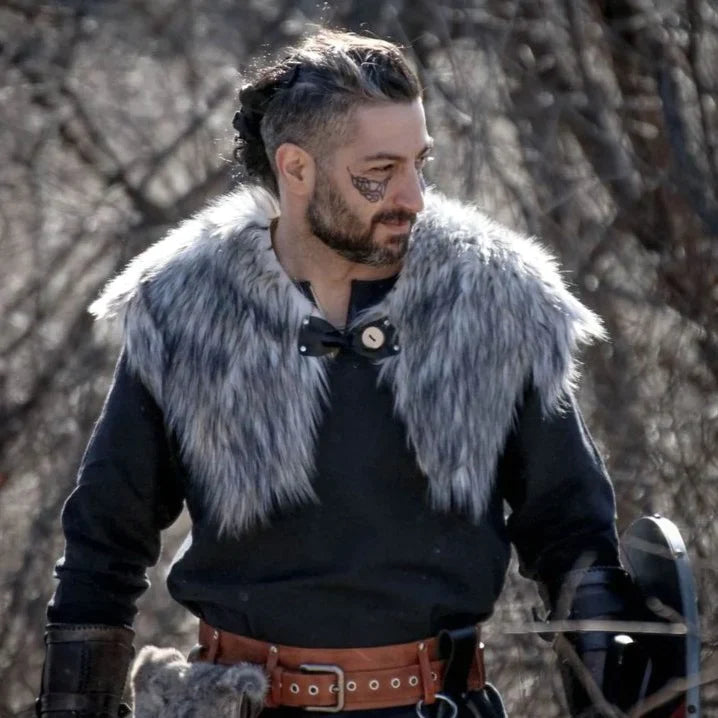-
Women's Medieval Linen Tunic Dress Cosplay Underdress
Regular price From $50.60 USDRegular priceUnit price per -
Renaissance Dresses for Women Medieval Costume Irish Long Over Dress Victorian Vintage Halloween X-Large 6508-dark Green
Regular price From $51.70 USDRegular priceUnit price per -
Medieval Dresses For Women Black Renaissance Dress Women Costumes Halloween Plus Size Witch Costume X-Small Blue6508
Regular price From $53.90 USDRegular priceUnit price per -
Pink Long Sleeve Irish Renaissance Dress Women's Pirate Costume
Regular price From $48.40 USDRegular priceUnit price per -
White Medieval Renaissance Elf Corset Dress Women's Halloween Costume
Regular price From $46.20 USDRegular priceUnit price per -
Pack of 5 Green and Brown Women's Renaissance Medieval Dress for Mardi Gras Carnival Dress Masquerade Party
Regular price From $51.70 USDRegular priceUnit price per -
Red Retro Gothic Witch Medieval Cosplay Dress for Women
Regular price From $46.20 USDRegular priceUnit price per -
Khaki Women's Medieval Victorian Ball Gown Dress with Puff Sleeves
Regular price From $51.70 USDRegular priceUnit price per -
Women's Summer Weight Under Dress
Regular price From $39.60 USDRegular priceUnit price per -
Wine Gothic Witch Medieval Wedding Dress Renaissance Dress for Women
Regular price From $57.20 USDRegular priceUnit price per -
Wine Medieval Linen Dress for Women with Lace Up Costume
Regular price From $56.10 USDRegular priceUnit price per -
Medium Medieval Women Costume Renaissance Dress Fairy Elf Ears Headband Viking Belt Potion Bottle for Masquerade Party - 5 Pcs Set
Regular price From $70.40 USDRegular priceUnit price per -
Turkish Made Natural Cotton Fraye Viking Medieval Women Dress
Regular price From $156.20 USDRegular priceUnit price per -
Victorious Viking Shieldmaiden Costume for Girls - Halloween Kids Viking Costume
Regular price From $92.40 USDRegular priceUnit price per -
Medium Valhalla Viking Costume for Girls - Halloween or Renaissance Dress Up Party
Regular price From $72.60 USDRegular priceUnit price per -
Lightweight Summer Leather Armor Gambeson
Regular price From $58.30 USDRegular priceUnit price per -
Dark Brown Celtic Knot Embossed PU Leather Medieval Viking Belt
Regular price From $26.40 USDRegular priceUnit price per -
White Women's Wedding Cloak with Hood
Regular price From $90.20 USDRegular priceUnit price per
View More
-

Viking Shields
Dating back to the Iron Age, Viking shields are composed of thin...
-

Mens Viking Costume
Formidable Viking Outfit: A Historically Accurate Men's Viking Costume with Shield and...
-

Womens Viking Costume
The Seer's vision and our Exclusive Women's Viking Costume Womens Viking costume...
-

Viking Swords
At Drakka, our designs are influenced by historic medieval fashions. Viking swords...
-

Viking Axe
The Viking axe was a common tool and weapon in the medieval...
-

Viking Helmets
The term "Viking" describes the acts of the Norsemen from Norway, Iceland,...
-

Viking Cloak
Keep yourself warm with our hand-stitched authentic wool Viking cloak cape and...













































